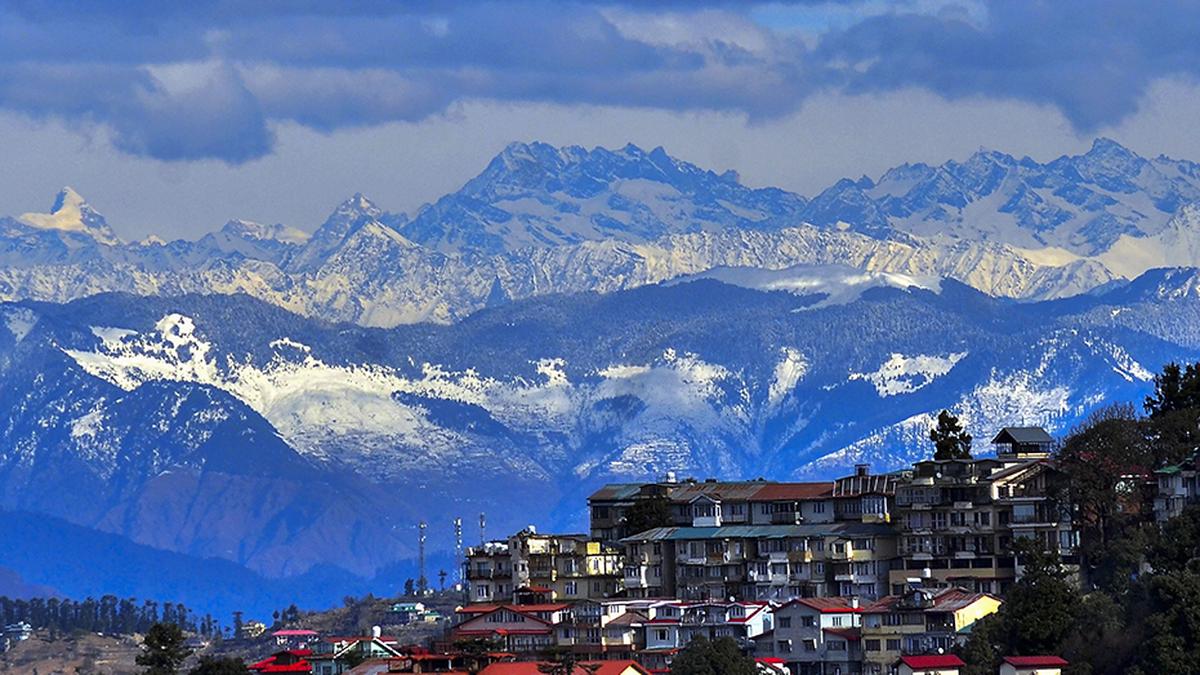High-altitude sickness, also known as acute mountain sickness (AMS), is a potentially dangerous condition that occurs when individuals ascend to high altitudes too quickly. The lack of oxygen at high elevations can lead to a variety of symptoms and complications. In this article, we will explore the causes, symptoms, risks, and preventive measures associated with high-altitude sickness.
What is High-Altitude Sickness?
High-altitude sickness occurs when the body is unable to adapt to reduced oxygen levels at high altitudes (above 2,500 meters or 8,200 feet). As the altitude increases, the air pressure decreases, making it harder to breathe and causing the oxygen level in the blood to drop. This can affect normal bodily functions, leading to AMS.
Symptoms of High-Altitude Sickness
The symptoms of high-altitude sickness can range from mild to severe, and may include:
- Headache: One of the most common and initial symptoms.
- Nausea and vomiting: Often accompanied by a lack of appetite.
- Fatigue: Feelings of tiredness and lack of energy.
- Dizziness: A sense of lightheadedness and unsteadiness.
- Shortness of breath: Difficulty breathing, even at rest.
- Swelling: Particularly in the face, hands, and feet.
Risk Factors for High-Altitude Sickness
Several factors can increase the risk of developing AMS, including:
- Rapid ascent: Moving too quickly to higher altitudes without proper acclimatization.
- Previous experience: Individuals who have had AMS before are more likely to experience it again.
- Age and fitness: Younger, fitter individuals are generally less susceptible, but anyone can be affected.
- Health conditions: Pre-existing conditions like respiratory or cardiovascular diseases can increase the risk.
Complications of High-Altitude Sickness
If left untreated, high-altitude sickness can lead to more severe conditions, including:
- High-altitude pulmonary edema (HAPE): Fluid accumulation in the lungs, leading to severe shortness of breath.
- High-altitude cerebral edema (HACE): Swelling of the brain, causing confusion, lack of coordination, and unconsciousness.
Both of these conditions are life-threatening and require immediate medical attention.
Preventive Measures and Treatment
- Ascend gradually: Allow the body time to acclimatize to higher elevations. A common rule is to gain no more than 300 to 500 meters (1,000 to 1,600 feet) per day above 2,500 meters.
- Stay hydrated: Drink plenty of fluids to help your body adjust to altitude.
- Medication: Some people may take medications like acetazolamide to help prevent AMS.
- Oxygen supplementation: In severe cases, supplemental oxygen may be necessary to improve oxygen levels in the blood.
- Descending: The most effective treatment for AMS is to descend to a lower altitude as quickly as possible.
Conclusion
High-altitude sickness is a serious condition that can pose life-threatening risks if not managed properly. Understanding its symptoms, risks, and preventive measures can help individuals stay safe while traveling to high altitudes. Always take necessary precautions and seek medical help if symptoms worsen.
Multiple Choice Questions (MCQs) with Answers:
- What is high-altitude sickness?
- a) A condition caused by excessive hydration
- b) A condition caused by lack of oxygen at high altitudes
- c) A condition caused by rapid descent
- d) A condition caused by cold weather
- Which of the following is NOT a symptom of high-altitude sickness?
- a) Headache
- b) Nausea and vomiting
- c) Increased appetite
- d) Dizziness
- What is the most common risk factor for high-altitude sickness?
- a) Smoking
- b) Rapid ascent to higher altitudes
- c) Lack of sleep
- d) Being overweight
- Which of the following can be a complication of untreated high-altitude sickness?
- a) High-altitude cerebral edema (HACE)
- b) Low blood pressure
- c) Hypothermia
- d) Heatstroke
- What is the most effective treatment for high-altitude sickness?
- a) Staying at the same altitude
- b) Taking painkillers
- c) Descending to a lower altitude
- d) Drinking alcohol
